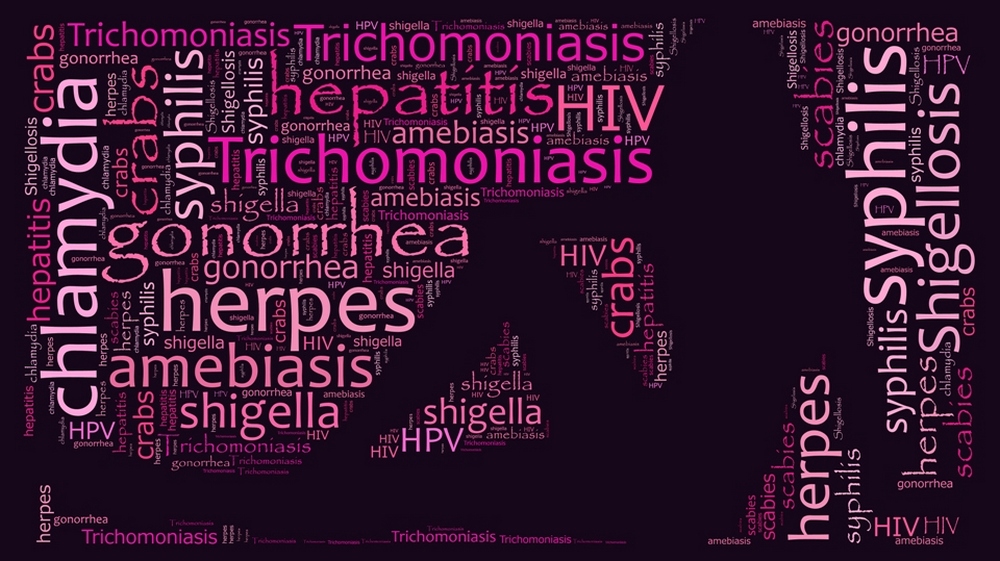
Extending the Latina Paradox: Comparative Findings of Sexually Transmitted Infections among Mexican Origin, Black, and White Birth-Giving Women
This study compares the likelihood of sexually transmitted infections (STIs) present or treated during pregnancy among Mexican origin, non-Hispanic White, and Black birth-giving women. Logistic regression analyses of birth certificate records from the National Center for Health Statistics (NCHS), for years 2009-2012, are used to determine the likelihood of presence or treatment of STIs for birth-giving women.
Despite Mexican-origin women having the lowest levels of socioeconomic status (SES), as measured by educational attainment, logistic regression results show that the likelihood of presence or treatment of an STI is unexpectedly higher for Whites and Blacks when compared to their Mexican-origin counterparts. The unanticipated results parallel other health advantages commonly found within the ‘Latina paradox literature’.
Results show that women who defer their first prenatal visit until the last trimester of pregnancy have the highest odds of having an STI present or treated during pregnancy. The present study suggest that the Latina paradox could be extended via future research on STIs, and supports policies that might improve the maternal health of underserved women who defer their first prenatal visit until the third trimester.
Population Review
Type: Article, pp. 110-144
Extending the Latina Paradox: Comparative Findings of Sexually Transmitted Infections among Mexican Origin, Black, and White Birth-Giving Women
Author: Misael Obregón
Affiliation: Independent researcher/ consultant
Corresponding author/address: email: misaelobregon@hotmail.com
Abstract
This study compares the likelihood of sexually transmitted infections (STIs) present or treated during pregnancy among Mexican origin, non-Hispanic White, and Black birth-giving women. Logistic regression analyses of birth certificate records from the National Center for Health Statistics (NCHS), for years 2009-2012, are used to determine the likelihood of presence or treatment of STIs for birth-giving women. Despite Mexican-origin women having the lowest levels of socioeconomic status (SES), as measured by educational attainment, logistic regression results show that the likelihood of presence or treatment of an STI is unexpectedly higher for Whites and Blacks when compared to their Mexican-origin counterparts. The unanticipated results parallel other health advantages commonly found within the ‘Latina paradox literature’. Results show that women who defer their first prenatal visit until the last trimester of pregnancy have the highest odds of having an STI present or treated during pregnancy. The present study suggest that the Latina paradox could be extended via future research on STIs, and supports policies that might improve the maternal health of underserved women who defer their first prenatal visit until the third trimester.
Keywords
Latina paradox, epidemiological paradox, Hispanic paradox, STIs, maternal health
© 2019 Sociological Demography Press

